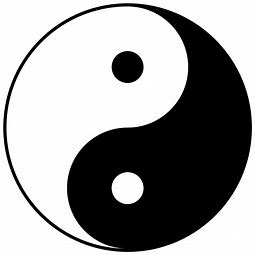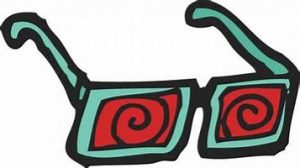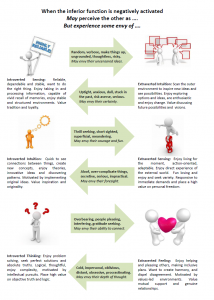The Potential for Conflict with our Inferior Function

The Inferior Function is an interesting one. It is the absolute opposite to our Dominant or leading Function, and therefore the opposite to how we see ourselves. As such, we have a complicated relationship with our Inferior Function. It plays many different roles in our lives, including how we may choose to relax, how we balance ourselves, and how we unconsciously protect ourselves from damage when excessively stressed. However, for this article I am going to focus on the potential for conflict and irritation.
Our own Type can act as a negative filter that causes us to perceive the Inferior Function as full of undesirable qualities when others have it as their Dominant or leading Function. But, if we are willing to explore deeper, we may find that we have a slight envy for the positive aspects of the Inferior Function as it is often our Achilles heel.

We can form good friendships and relationships with those who are opposite to us in this way because we can mutually enjoy the balancing energy that we bring to each other. We have a coming together of all the preferences – a completeness. But under other circumstances, particularly when looking at people we dislike or don’t even know, we can look at them in a negative light. Additionally, if we have been neglecting our own Inferior function by denying, repressing or suppressing it, it can become charged with negative energy resulting in even stronger negative projections onto others who demonstrate this function.
Note that the Inferior Function tends to be so called when it is causing interpersonal conflict, irritation or projection, or when it is causing us unconscious inner distress. When it is being exercised for positive effect, such as balance or personal growth, it is often referred to as the 4th Function.
I think you can tell that this is a favourite topic for me and that I could go on and on about it, so I will show restraint and stop there. The illustration below shows some of the most common negative perceptions and envy points between the Dominant and Inferior Functions.

Remember though, these are just negative perceptions, filtered through the bias of our own preferences. They are not the truth. Nevertheless, they may feel real to us at the time. And some of the descriptions can be rather harsh.
If you do not know the Inferior function-attitude for your type, look below:
| Dominant | Inferior | |
| ISFJ, ISTJ | Introverted Sensing | Extraverted iNutition |
| INFJ, INTJ | Introverted iNtuition | Extraverted Sensing |
| INTP, ISTP | Introverted Thinking | Extraverted Feeling |
| INFP, ISFP | Introverted Feeling | Extraverted Thinking |
| ESFP, ESTP | Extraverted Sensing | Introverted iNtuition |
| ENFP, ENTP | Extraverted iNtuition | Introverted Sensing |
| ENTJ, ESTJ | Extraverted Thinking | Introverted Feeling |
| ENFJ, ESFJ | Extraverted Feeling | Introverted Thinking |


The next article will look at the potential for conflict between those with the same Types
Followed by the other 2 Typological Perspectives on Conflict –
5) the potential for conflict with the same type
6) how different types may try to Resolve Conflict
7) the potential for conflict as result of our Stage of Personal Development.
Earlier articles in this series of Different Perceptions of Conflict:
1. The difference in conflict definition from the Thinking and Feeling perspective
2a. Extraversion – Introversion explores common misunderstandings between these styles.
2b. Judging – Perceiving explores common misunderstandings between these styles
2c. The Functions – typical misperceptions between S and N, and T and F Types
3. The Potential for conflict from our Opposing Function
